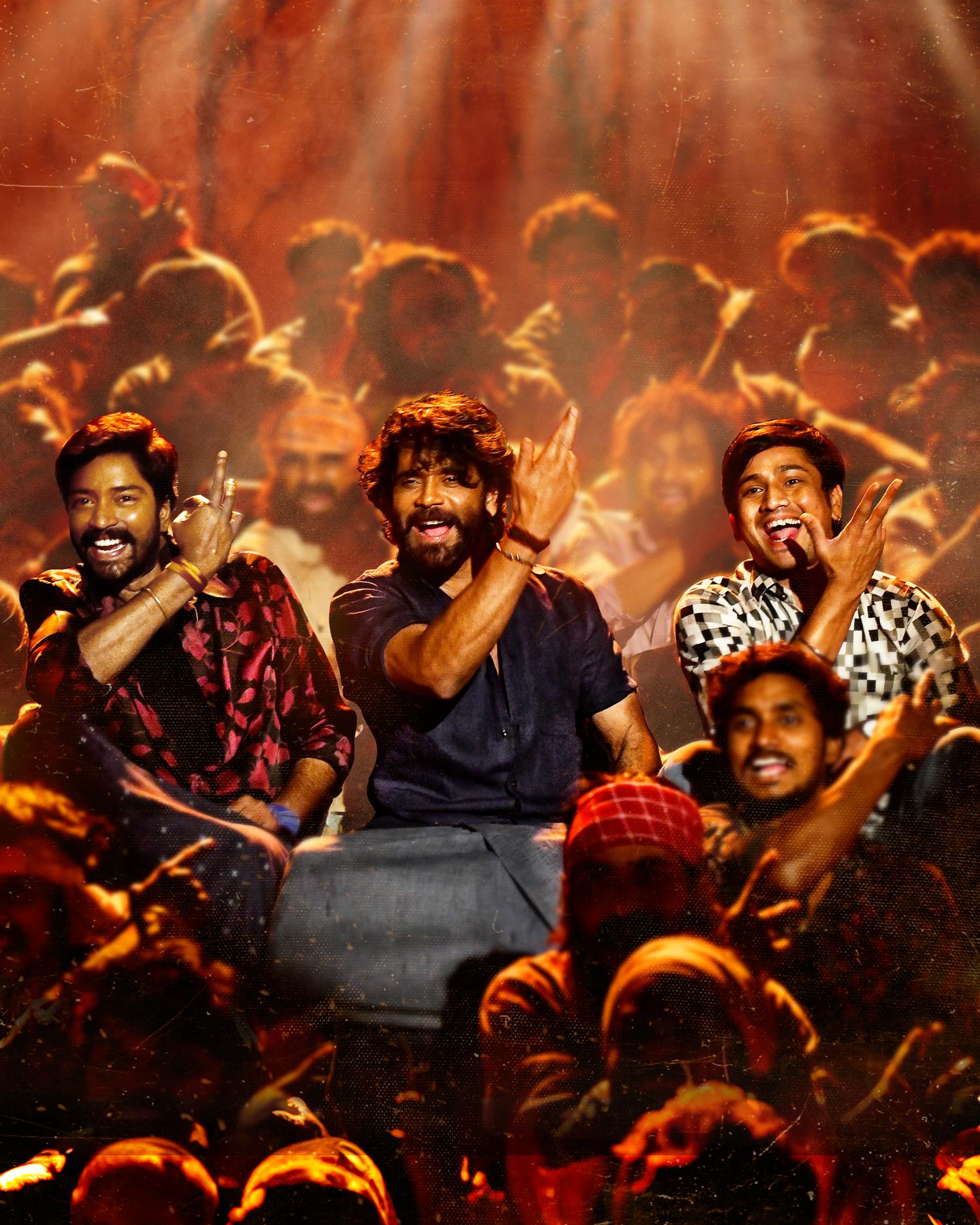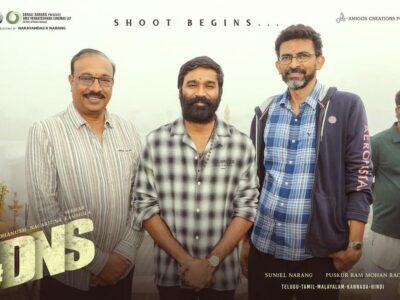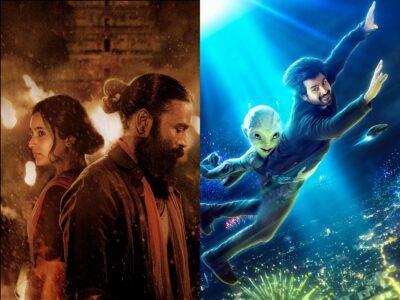Naa Saami Ranga Review: Nagarjuna’s rural drama is stuck in a time warp, writes Srivathsan Nadadhur
Story:
Kishtayya and Anji are inseparable childhood friends overcoming several livelihood challenges to find a footing in their village. Kishtayya is incredibly loyal to the village head Peddayya for standing by them in the wake of a tragedy. While he falls in love with Varalu, unexpected roadblocks come in the way of their relationship. When Paddayya’s son Das tries to misbehave with Varalu, Kishtayya and Anji are out to teach him a lesson.
Review:
Porinju Mariam Jose, the Malayalam film that Naa Saami Ranga is inspired by, isn’t an easy film to remake. The rural saga was a brutal critique on social hierarchy wreaking havoc on love and friendship in a tale set against the backdrop of a church festival, in 1980s Thrissur. The film’s USP was its rootedness and complexity in interpersonal relationships. More than a Nagarjuna or an Allari Naresh, the remake needed a director who understood drama well.
Naa Saami Ranga tries to be a ‘Porijnu Mariam Jose’ on steroids, a massy re-imagination of the original tailored to the tastes of the Telugu audience and the strengths of its actors. Even when you look at the film beyond the shadow of the Malayalam drama, there’s very little that works in its favour. The writing, execution and performances are all over the place – the film looks like a job done in a hurry and there’s hardly any momentum in the storytelling.
None of the key relationships or characters is established with care. From Kishtayya- Anji’s friendship to his love story with Varalu and his equation with Peddayya, the sequences appear aimless, vaguely stitched together sans any coherence. There’s inadequate foundation to any of the action/mass moments, the less said about the romance segments, the better. Much of the film is lost in translation and just like its 1980s backdrop, the execution is dated.
Kishtayya is more or less an extension of Nagarjuna’s Bangarraju-act in Naa Saami Ranga, but for his beedi. The middle-aged man dons a lungi, the women sing praises about his agelessness, while he woos his childhood sweetheart on cycles, and fields and their romance is cut short by destiny later. Kishtayya and Varalu’s idea of romance is to watch a soft-porn film together, recreating Dimple Kapadia’s skimpy avatar in Bobby.
The narration is haphazard, alternating from the 1960s to 1970s to late 1980s – the conflict in the film is quite volatile and most of the subplots struggle to drive the story forward. Though Anji is described as a friend to Kishtayya, he’s reduced to a glorified sidekick who contributes to the humour quotient. While the love story of their common friend Bhaskar is introduced with fondness, the film nearly forgets his presence later.
Scene after scene, the director packs the film with pointless dialogues and whenever he falls short of ideas, there’s a song for backup – seven of them. The festival connect to the plot is forced and the cultural significance of Konaseema’s Prabhala Theertham is barely explored. After a tepid first hour, the narrative gains steam post intermission but the sparks are few and far between. The major disappointment is the indifference with which a potent script is treated.
Nagarjuna may be handsome for a 64-year-old, but it’s tiring when each of his rural sagas is used as an excuse to come up with references to his good looks and popularity among women. His performance is too casual and mechanical for his experience. Allari Naresh, caricatured as the sacrificial goat, doesn’t get his due in a multistarrer again and it’s high time he takes his talent more seriously. Raj Tarun looks jaded and uninspired in a poorly written-role.
Ashika Ranganath, as the single woman Varalu, torn between her father and love, makes an earnest attempt to play her part with dignity. Yet, the director reduces her to a pan-chewing extrovert dressed in silk saris, who, ultimately, needs a man to rescue her from danger. Mirnaa and Rukshar Dhillon – two equally promising performers – are mere embellishments to distract us from the film’s plotlessness.
Veterans like Nasser, Rao Ramesh are wasted. Shabeer, despite essaying a stereotypical villain role, is convincing while he lasts. Naa Saami Ranga is among MM Keeravaani’s weakest works as a composer in recent times, it shows that he didn’t find enough inspiration from the script. The background score makes loud television soaps sound infinitely better.
Verdict:
Naa Saami Ranga’s main problem isn’t the absence of a strong script – it’s the carelessness with which it is made, taking audiences for granted. Watching Nagarjuna’s latest release is an exercise in futility.
Rating: 2/5

















Pingback : Sankranthi 2024: Telugu Blockbusters Set the Box Office Ablaze | FridayWall